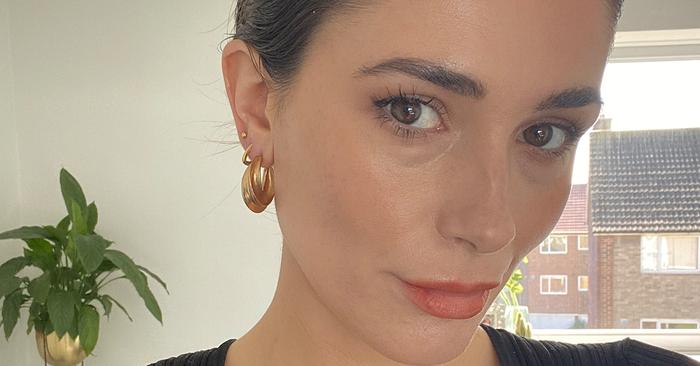What is it and how does it work?
Whilst there are several non-surgical treatments out there, depending on the cause of your hooded eyes, the most effective procedure is usually an upper lid blepharoplasty, explains Dr Ezra. “Depending on the individual case, sometimes the combination of both upper blepharoplasty and a brow lift is required to achieve the optimal result,” he says.
“Upper lid blepharoplasty involves removing excess skin and fat from the upper eyelid area that causes eyes to have a ‘tired’ look. The procedure requires making an incision along the natural crease of the eyelid, removing excess skin and fat, and tightening the muscles and tissues in the area. The incision is then closed with sutures.”
Who is it best for?
“Most patients who undergo upper-lid blepharoplasty operations are 35 or older, however, if hooded eyes are genetic or if excess skin is obstructing your vision, you may benefit from having the procedure sooner. When performed by an experienced surgeon, the risk of adverse side effects is minimal,” he says.
How long do results last?
Surgeries addressing hooded eyes can provide long-lasting results, but they are not necessarily permanent, explains Dr Ezra. “Whilst the results of these procedures can be quite dramatic and last for many years, they are not immune to the effects of ageing and the natural changes that occur in the body over time.”
Is there any downtime?
“The recovery period after treatment is quite minimal, with most patients being able to return to work after one week. In the week after surgery, patients are given a thick antibiotic ointment to place in the eye which blurs the vision,” he says. However, working from home can be undertaken the next day and may be preferable for some patients. “If your work involves any heavy lifting, it is advisable to rest for one-to-two weeks before returning to your job. After three months, the eyelid should be completely healed.”
Typical cost: From £7,000



